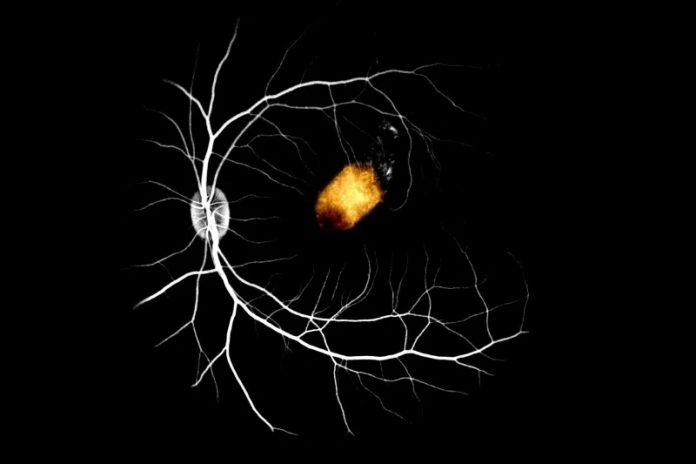Boston researchers have reported that they have successfully regrown human corneal tissue from adult stem cells. Loss of this tissue is one of the leading causes of blindness; thus, the new process could potentially restore vision to the blind.
The investigators note that their achievement represents one of the first times that tissue has been constructed from adult-derived human stem cells. They note that the key to the study’s success is base upon a molecule known as ABCB5, which is biomarker for previously elusive limbal stem cells. These cells are present in the eye’s limbus, which is the border of the cornea and the whites of the eye; these limbal stem cells are responsible for maintaining and recreating corneal tissue. Because of their regenerative ability, researchers have striven for a long time to harvest these stem cells for regrowing human tissue in individuals with blindness due to corneal injury or disease.
More than a decade ago, investigators at the laboratory of lead researcher Dr. Markus Frank, of Boston Children’s Hospital discovered the vital ABCB5 molecule ago; it was present in skin and intestine precursor cells. However, more recently, the team foundthat ABCB5 was also an important component of the eye’s limbal stem cells because it prevented them from undergoing apoptosis (cell death). To further prove ABCB5’s role in the eye, the investigators produced two groups of mice; one lacked a functional ABCB5 gene and the other possessed a fully functioning ABCB5 gene. The mice lacking ABCB5 lost their population of limbal stem cells; thus, they were unable to repair injuries to their corneas.
The researchers obtained the corneal tissue from deceased human donors; using antibodies that bind to ABCB5, they were able to locate the limbal stem cells. Once they identified the stem cells, they extracted them from the donor tissue and transplanted them into mice the mice in whom the limbal stem cells had been removed. As they predicted, fully normal human-derived corneal tissue was generated in the mice; thus, restoring their vision. The noted that most importantly, the process only worked when the limbal stem cells contained the critical ABCB5 molecule.
The investigators plan to continue studying ABCB5, to determine if it could serve a similar purpose for isolating skin stem cells for transplantation. They note that its identity as a molecular marker has changed the game when it comes to adult stem cell research.















